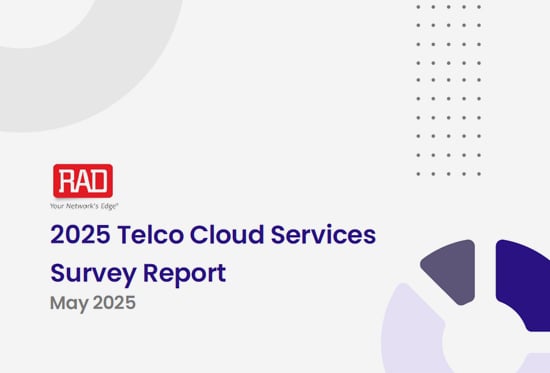Resources
All Resources
Showing 1-7 results of 49
View as:
Real-Time, Smart IoT for Temporary Sites
Your Network’s Edge: The RAD Way Episode 5
RAD Entrevista durante Andicom 2025
Las principales innovaciones de RAD en áreas omo 5G, IoT, inteligencia artificial, monitoreo remoto de activos, y ciberseguridad.
Keeping Temporary Site Assets Connected, Secure, and Under Control with Smart Industrial IoT
Webinar
Smart Industrial IoT by RAD Video
Secure, turnkey solutions with actionable insights for industrial and critical infrastructure deployments
Hybrid Cloud, AI, and Quantum Threats: How Telcos are Rebuilding the Network Edge for Tomorrow
Your Network’s Edge: The RAD Way Episode 4
Remote Data Center Monitoring
Smarter data center management, including real-time environmental monitoring, enhanced security measures and predictive maintenance with RAD's end-to-end IoT solution.
Smart IoT LoRaWAN Solutions Video
Secure, turnkey solutions with actionable insights for business services, industrial and critical infrastructure deployments, or data centers












